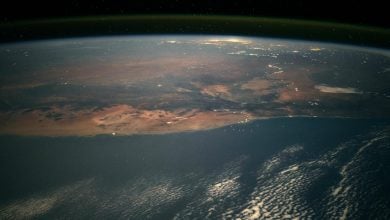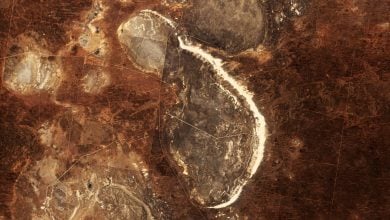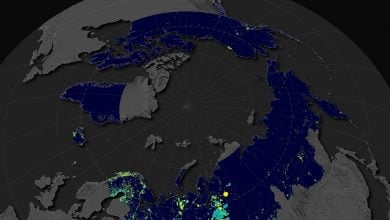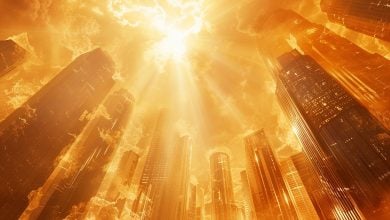Menulis Ulang Buku Teks: Ahli Geologi Mengungkap Rahasia Baru di Lapisan Kuno Grand Canyon
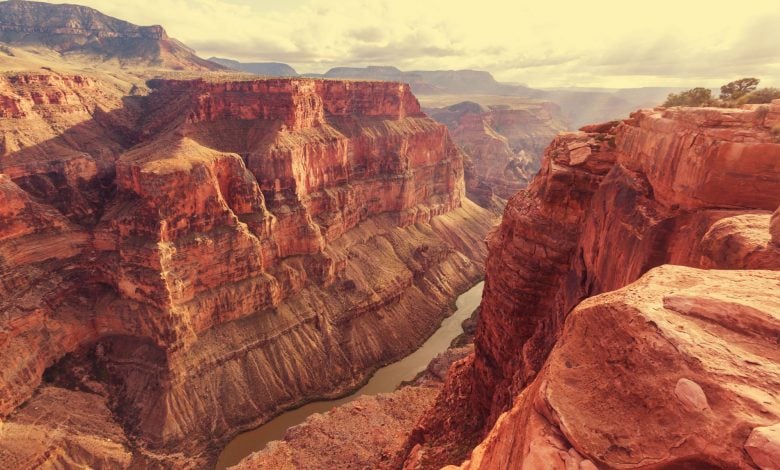

Berbekal teknologi canggih, keahlian selama puluhan tahun, dan wawasan dari penelitian yang didanai NSF, tim ahli geosains multi-lembaga menawarkan perspektif inovatif dan terkini tentang catatan sedimen ikonik.
Siapa pun dari generasi Boomer hingga Gen X, Milenial, Gen Z, atau Gen Alpha yang pernah mempelajari geologi kemungkinan besar telah mempelajari wawasan dasar dari studi penting Edwin Dinwiddie McKee tentang catatan sedimen Grand Canyon—meskipun mereka tidak langsung mengenali namanya.
Ilmuwan legendaris yang hidup pada tahun 1906-1984 ini mempelajari dan mendokumentasikan stratigrafi dan sedimentasi geologi Dataran Tinggi Colorado, khususnya Grup Cambrian Tonto di Grand Canyon, selama lebih dari 50 tahun. Prinsipnya yang telah teruji oleh waktu telah mempengaruhi generasi ahli geosains.
“Grup Tonto menyimpan harta karun berupa lapisan sedimen dan fosil yang mencatat Ledakan Kambrium sekitar 540 juta tahun yang lalu, ketika ledakan pertama terjadi.[{” attribute=”” tabindex=”0″ role=”link”>vertebrates and animals with hard shells rapidly proliferated and sea levels rose to envelop continents with emerging marine life,” says Carol Dehler, professor at Utah State University. “McKee marveled at this pivotal geologic period, yet had no knowledge of plate tectonics or global sea level change, and his ideas were often shunned by the scientific community of the time.”

Yet, what if McKee could have fast-forwarded through time and availed himself of current-day stratigraphic, depositional and paleontological models, data, and technological muscle?
A Modern Reinterpretation of McKee’s Work
Dehler, with colleagues James Hagadorn of the Denver Museum of Nature & Science, Frederick Sundberg, Karl Karlstrom, and Laura Crossey of the University of New Mexico, Mark Schmitz of Boise State University, and Stephen Rowland of the University of Nevada, Las Vegas, along with their students and interns, have employed these tools to construct an updated and insightful framework of McKee’s foundational ideas. They report their efforts in a recent paper selected as the cover story of the November 2024 print issue of the Geological Society of America’s GSA Today.
“The Grand Canyon is an epic Rosetta Stone for geology,” says Hagadorn, Tim & Kathryn Ryan Curator of Geology at DMNS. “And we’re helping to further decode it. Because Grand Canyon rocks record global changes in climate and tectonics, our work helps us understand strata that were deposited worldwide during the Cambrian period.”
Uncovering Clues in the Tonto Group
Studying the Tonto Group, he says, is like being a detective at a crime scene.
“You can see clues and discern at least part of what happened,” Hagadorn says. “But determining how it happened and the sequence of events takes time and effort. Just like the scene of a crime, the rock record of the Grand Canyon is much more complicated than what we currently know and its story is still being written.”

Dehler mengatakan model baru tim ini menawarkan tiga jalur utama untuk pemahaman yang lebih mendalam.
“Dari lapisan setebal 500 meter milik Tonto Group, kami belajar tentang kenaikan permukaan laut dan dampak bencana badai tropis – yang mungkin lebih dahsyat dibandingkan badai dahsyat yang terjadi saat ini – pada periode suhu yang sangat panas ketika bumi berada dalam kondisi es. gratis,” katanya.
Permukaan air laut sangat tinggi selama periode ini, kata Dehler, sehingga batuan seperti Grup Tonto mengendap di setiap benua di Bumi, saat lautan memandikan benua dalam mosaik kompleks lingkungan laut dangkal, pesisir, dan darat.
Lebih lanjut, katanya, alat kronologis canggih mengungkap informasi baru tentang tempo sedimentasi, serta seberapa cepat trilobita dan “makhluk menjijikkan yang tampak seperti kecoa” melakukan diversifikasi.
“Temuan kami mengingatkan bahwa sains adalah sebuah proses,” kata Hagadorn. “Pekerjaan kami di Grand Canyon, salah satu lanskap paling terkenal dan dicintai di dunia, menghubungkan orang-orang dengan ilmu pengetahuan ini dengan cara yang sangat pribadi.”
Referensi: “The Cambrian of the Grand Canyon: Refinement of a Classic Stratigraphic Model” oleh Carol Dehler, Frederick Sundberg, Karl Karlstrom, Laura Crossey, Mark Schmitz, Stephen Rowland dan James Hagadorn, 23 Oktober 2024, GSA Hari Ini.
DOI: 10.1130/GSATG604A.1
Penelitian tim ini didukung oleh hibah National Science Foundation Division of Earth Sciences.

